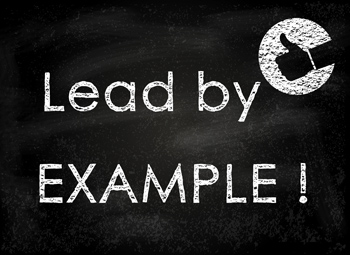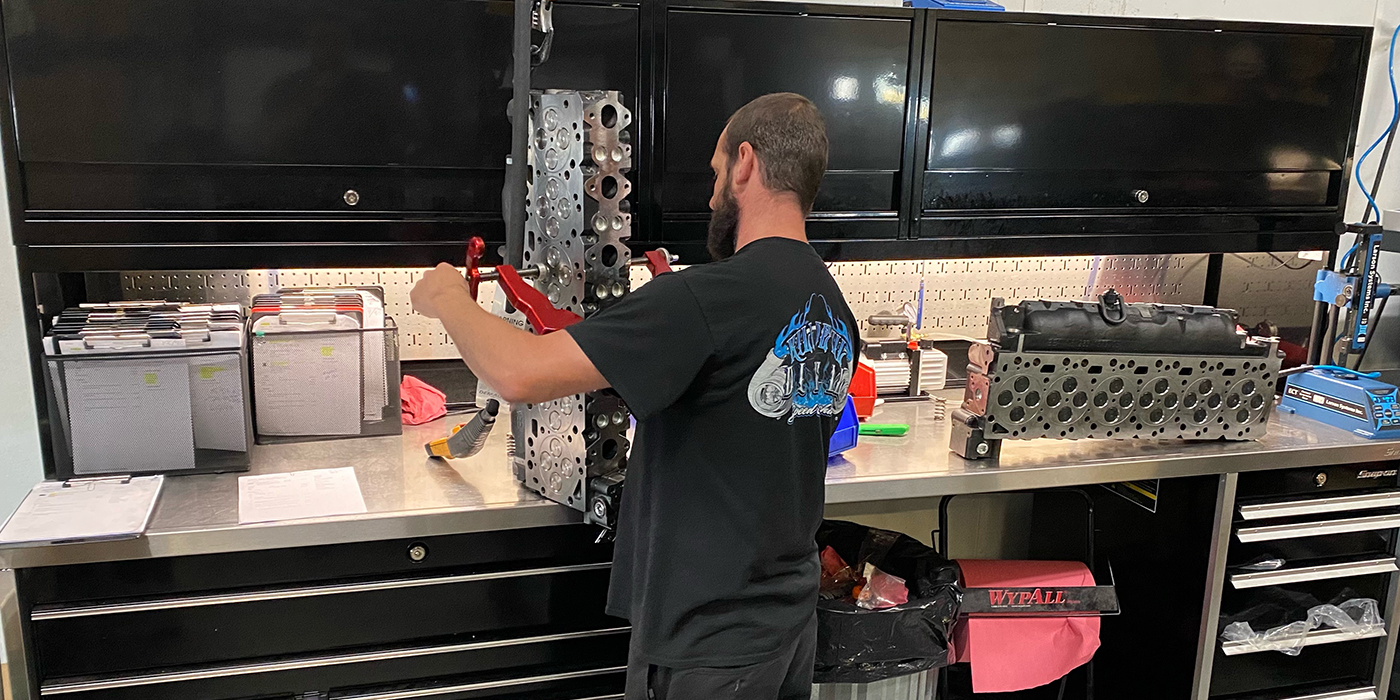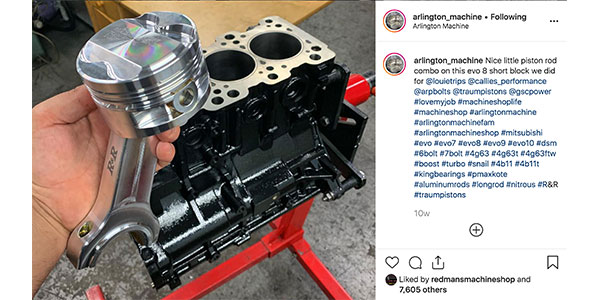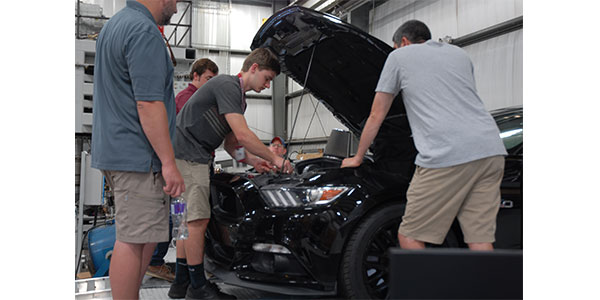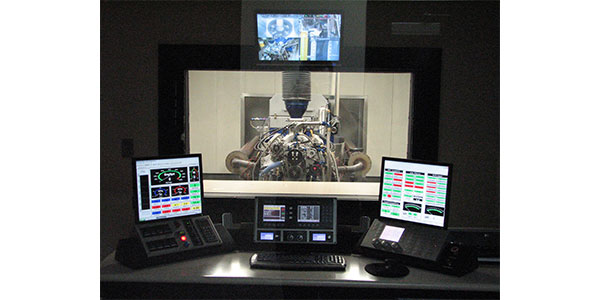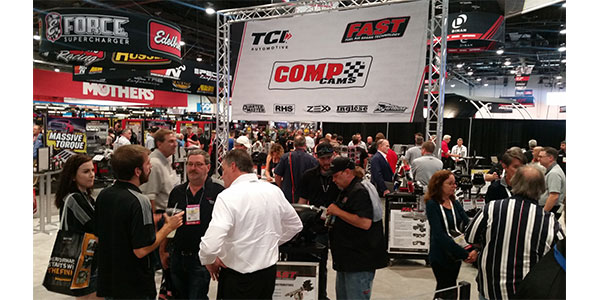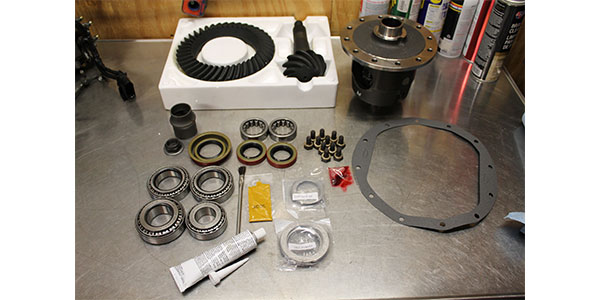Accountability is a big word. We see examples every day around us where we can safely surmise that “that person” is not being held accountable for their actions.
Accountable: Subject to the obligation to report, explain or justify something; responsible; answerable.
 We are surrounded by people every day – customers, employees, family members and even strangers in the stores and restaurants we frequent – doing or saying something that causes pause.
We are surrounded by people every day – customers, employees, family members and even strangers in the stores and restaurants we frequent – doing or saying something that causes pause.
Then I thought about myself. As a shop owner, there was a time not that long ago when I had a hard time with employees “doing” what I thought should be done. I was not able to hold them accountable. Over the years, I learned the reason I could not hold them accountable is that I wasn’t holding myself accountable. And, if I wasn’t holding myself accountable, then how could I possibly expect the employees to rise to the occasion? I had no procedures; there were no systems in place. I just assumed if I knew it, you knew it. Boy was I wrong.
To fix this problem, I started making lists of what needed to be done, and I found myself picking the easy stuff and ignoring the hard items. I thought, it’s no problem, I’ll just move these items onto a new list for the next day. Guess what? Nothing changed. I was still not being accountable to myself, my employees or, yes, my family.
Now, the next step I took to be accountable to myself was that I started to do the items I dreaded the most, first. It was very hard because if I wanted to tackle those tasks in the first place, they would already be done. What I learned was that it was really no big deal to tackle these tasks, one by one, and the rest of my day was less stressful. I started to make real progress. Then it started to become
easier to write procedures and to begin implementing systems in the company. It became easier to set goals, but they were mostly sales goals.
I recently read How to Run Your Business So You Can Leave It in Style by John Brown, and what made the largest impact on me was the fact that we’ll all leave the business some day. Will it be by death? Will it be disability or illness? Or, will it be with a well-executed plan? Have you set your long- and short-term goals to account for these scenarios? Until now, I never even thought about planning now for my future exit. But, I’m now working on a plan for the exit so I can leave my business in style.
To start the process, I’ve started to set higher standards for myself. I’ve decided I will stop accepting mediocrity as “business as usual,” and start to hold the people around me accountable for the work they do and help them see the effect they are having on the rest of the team.
When an employee says they’re trying, it is not enough. We must give them the tools to succeed. I use a lot of the business books I read as a starting point for employees. If they don’t read them, I’ll know. If they are too busy to learn a better way to do their job, we’ll need to take a close, hard look at their skill set and give them the chance to
improve, or move on.
If I set up a new system, say for work order and shop flow, I’ll invite suggestions to implement it and make it work. If there are no suggestions, I expect it to be implemented and followed. If there’s a problem, we’ll work it out and not ignore it. And under no circumstances can any procedure or system just stop being used.
Can you imagine where McDonalds or Olive Garden would be if the employees decided what they are going to do, when they’ll do it and how they’ll do it? It’s no different for us. We need to set the systems in place for our employees, so that everyone knows what to do, when to do it and how to do it. I know we all hate change, but change is the only constant in life.
We have to stop allowing ourselves the “right” to make excuses why “it won’t work” or “why we can’t do that.” Then, we’ll stop accepting the same excuses others will use on us. If we expect exceptional quality in others and don’t hold them accountable to deliver, we will get what we deserve and our customers won’t get what they deserve.
Systems, organization and leadership are what our employees expect of us. We need to step up our program and then we can encourage our employees to step up theirs. We need minimum and expected goals, and if we don’t meet those expectations, we can devise an appropriate plan of action.
Let’s all step it up – no excuses!

